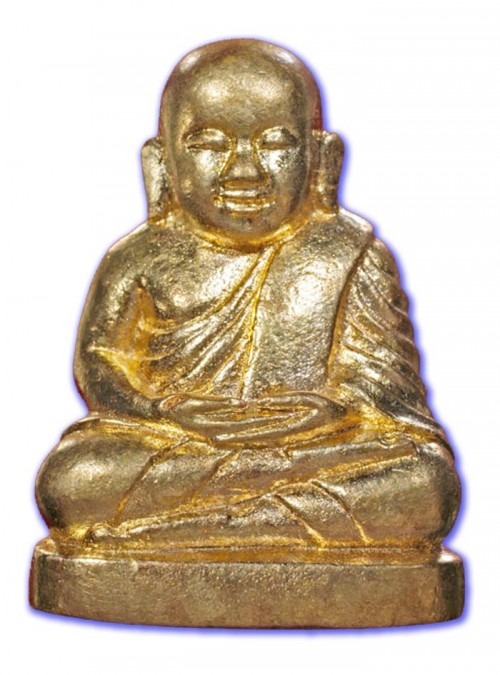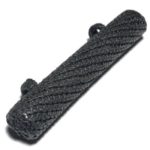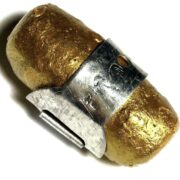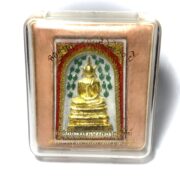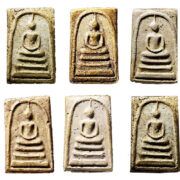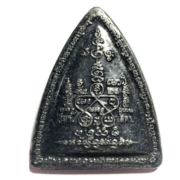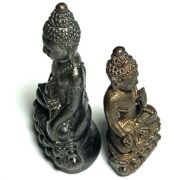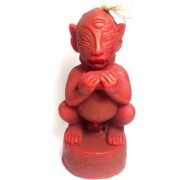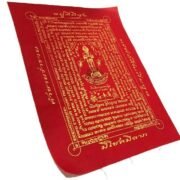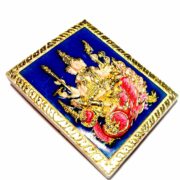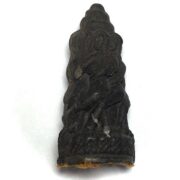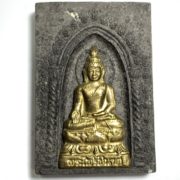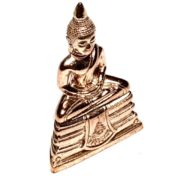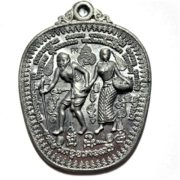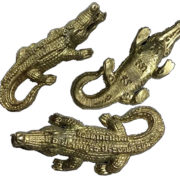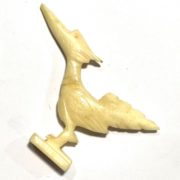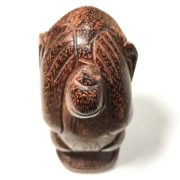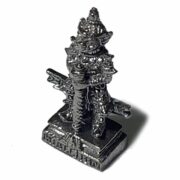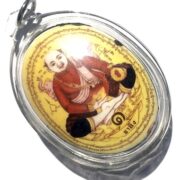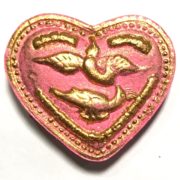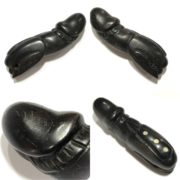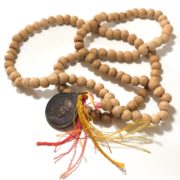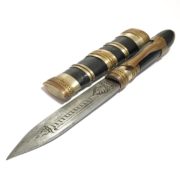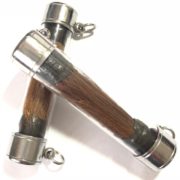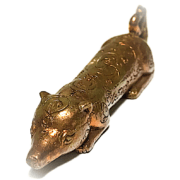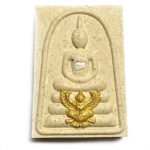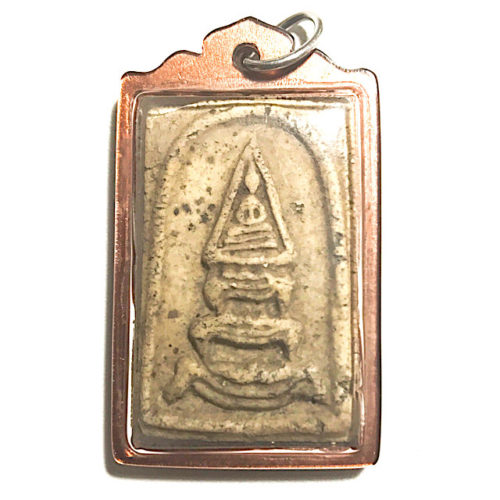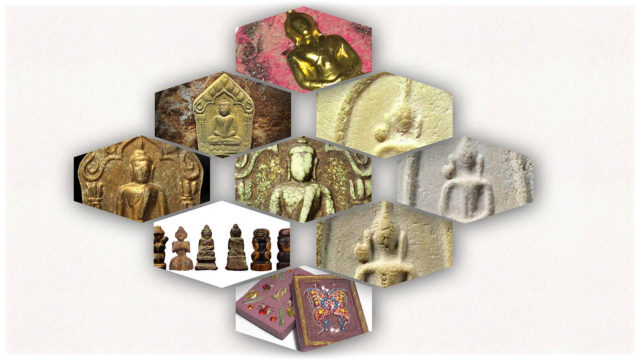
The Power of Thai Amulets
The Main associated powers within Thai Amulets
Thai amulets have been an integral part of Thai culture for centuries. These amulets, also known as “Phra Krueang,” are believed to possess mystical powers that can protect, bless, and bring good fortune to their wearers. Thai amulets come in different shapes, sizes, and designs, and each has its unique powers and benefits. In this article, we will explore the different powers of Thai amulets.
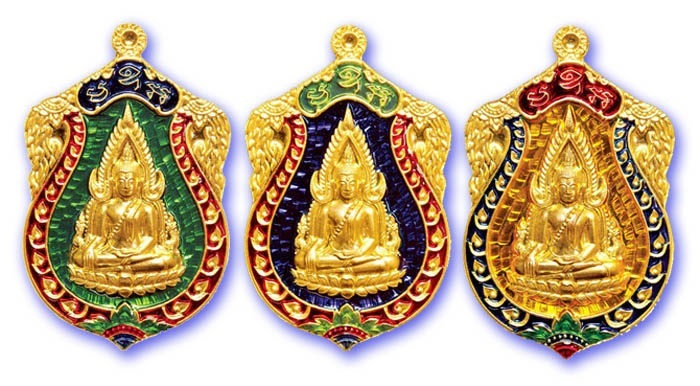
One of the most popular powers of Thai amulets is Kong Grapan, which means invincibility or protection against physical harm. This power is often depicted in amulets with images of warriors, soldiers, or powerful animals like tigers or elephants. Kong Grapan amulets are believed to protect the wearer from accidents, injuries, and physical attacks. Some Himapant Animals like the Singha Lion and the Nagfa, and Garuda also represent Kong Grapan Chadtri Invincibility powers, and Maha Amnaj Commanding Dominion.
Another power of Thai amulets is Metta Maha Niyom, which translates to great kindness or loving-kindness. These amulets are known to enhance interpersonal relationships, promote kindness, and attract positive energies to the wearer. Metta Maha Niyom amulets often feature images of Buddha, monks, or animals associated with kindness, like birds, swans, doves or rabbits.
Maha Sanaeh is another common power of Thai amulets, and it is associated with charm, attraction, and seduction. These amulets are believed to help the wearer attract romantic partners or enhance their existing relationships. Maha Sanaeh amulets often feature images of the opposite gender, like goddesses or angels.
Gae Aathan is another popular power of Thai amulets, and it is associated with personal protection against black magic or evil spirits. Gae Aathan amulets are often made from the bones of sacred animals or powerful herbs and are believed to offer protection against curses, hexes, and other malevolent forces. Many Deities also protect against Black Magic, such as Taw Waes Suwan, Jing Jork Gao Hang, and the Payanak Naga serpent god.
Maha Pokasap is a power associated with wealth, abundance, and prosperity. These amulets are believed to bring good fortune, financial stability, and success in business ventures. Maha Pokasap amulets often feature images of treasure chests, money bags, or the Hindu god Ganesha, who is associated with wealth and success.
Siang Choke is a power that is associated with luck and good fortune. These amulets are believed to bring unexpected windfalls, opportunities, and success in various aspects of life. Siang Choke amulets often feature images of lucky animals like frogs, turtles, or fish.
Finally, Klaew Klaad is a power associated with protection against accidents and misfortunes. These amulets are believed to offer protection against natural disasters, accidents, and other unexpected events. Klaew Klaad amulets often feature images of animals with protective qualities, like snakes, centipedes, or scorpions.
It is worth noting that the powers of Thai amulets are not limited to the ones mentioned above. Thai amulets can also have multiple powers or combinations of powers, depending on their design and consecration process. Moreover, the effectiveness of Thai amulets is often subject to individual beliefs, faith, and practices.
In conclusion, Thai amulets possess different powers and benefits that cater to various aspects of life, including protection, prosperity, romance, luck, and spirituality. While the powers of Thai amulets are subject to individual beliefs and practices, their popularity and cultural significance remain strong in Thai society. If you’re interested in Thai amulets, it is essential to research and understand their history, meanings, and powers before acquiring one.
- Front Face
Here are twenty types of well known types of Thai amulets:
- Pra Pidta – A small Buddha statue that covers its eyes, mouth, and ears, symbolizing the importance of not seeing, speaking, or hearing evil.
- Pra Somdej – A popular Buddha amulet that represents Buddha’s 84,000 teachings.
- Khun Phaen – An amulet named after a famous warrior from Thai folklore, believed to bring luck and protection.
- Pra Ngang – A powerful love and attraction amulet featuring a half-man, half-woman deity.
- Mae Nang Kwak – A female deity amulet believed to bring business success and good fortune.
- Pra Kring – A Buddha amulet that makes a ringing sound when shaken, believed to bring protection and prosperity.
- Pra Chai – An amulet representing the victory of Buddha over Mara, the demon of temptation.
- Pra Rahu – A deity amulet representing the eclipse and believed to bring good luck and fortune.
- Takrut – A type of talisman amulet with spells inscribed on a piece of metal or parchment.
- In Koo – A love amulet featuring two figures holding hands, believed to bring harmony in relationships.
- Palad Khik – A phallic-shaped amulet believed to bring fertility, luck, and protection.
- Kumarn Tong – A child spirit amulet believed to bring good luck and fortune.
- Jatukam Ramathep – An amulet featuring the legendary Jatukam warrior, believed to bring protection and fortune.
- Garuda – A mythical bird amulet believed to bring protection and power.
- Tiger amulet – A tiger-shaped amulet believed to bring strength and protection.
- Hanuman – A monkey deity amulet believed to bring strength, courage, and protection.
- Sariga – A bird deity amulet believed to bring good fortune and communication skills.
- Pra Nang Paya – A Buddha that has feminine features and is hence seen colloquially as a female deity amulet believed to bring great wealth, status, fertility, love, and protection.
- Nang Prai, Hoeng Prai amulet – An amulet featuring a psychicaly powerful ghost spirit, believed to bring power and protection, and to attract good fortunes with lottery and gambling.
- Pha Yant – Sacred Geometry designs inscribed on linen, silk, or other types of fabric, with Buddhist or Vedic inscriptions and sometimes, deities or animist imagery, depending on if they are Buddhist, Brahman, or Animist.
Thai amulets are believed to possess different powers, including:
- Kong Grapan – Protective power
- Metta Maha Niyom – Attraction and charm power
- Maha Sanaeh – Love and attraction power
- Gae Aathan – Protection against accidents and danger power
- Maha Pokasap – Wealth and prosperity power
- Siang Choke – Lucky charm and fortune power
- Klaew Klaad – Protection against danger and accidents power
These powers are believed to be activated through specific rituals, such as chanting, offering incense, and performing merit-making activities. It’s important to note that Thai amulets are not a substitute for personal responsibility, and their powers should be viewed as a complement to one’s own efforts and actions.
Indeed, the efficacy of Thai amulets is believed to be closely linked to the wearer’s adherence to the five Buddhist precepts and the practice of making merit. The five precepts are a set of ethical guidelines that lay Buddhists undertake to follow in their daily lives. They are:
Pāṇātipātā veramaṇī sikkhāpadaṃ samādiyāmi: I undertake to observe the precept to abstain from taking life. Adinnādānā veramaṇī sikkhāpadaṃ samādiyāmi: I undertake to observe the precept to abstain from taking what is not given. Kāmesu micchācārā veramaṇī sikkhāpadaṃ samādiyāmi: I undertake to observe the precept to abstain from sexual misconduct. Musāvādā veramaṇī sikkhāpadaṃ samādiyāmi: I undertake to observe the precept to abstain from false speech. Surāmerayamajjapamādaṭṭhānā veramaṇī sikkhāpadaṃ samādiyāmi: I undertake to observe the precept to abstain from intoxicants that cloud the mind and cause heedlessness.
These precepts serve as a moral compass for the wearer of the amulet and help to cultivate positive energy and intention, which in turn can enhance the amulet’s powers.
Furthermore, for Thai Buddhists, making merit is another essential aspect of cultivating positive energy and intention. Merit can be accrued through various acts of generosity, such as donating to a temple or supporting the community. By making merit, the wearer of the amulet can create a positive karmic connection with the world around them and enhance the amulet’s power.
In addition, reciting the five precepts is an important daily practice for many Thai Buddhists. Here’s a transliteration of the five precepts in Pāli, using roman characters and phonetics:
- Pāṇātipātā veramaṇī sikkhāpadaṃ samādiyāmi. (Pā-nā-ti-pā-tā ve-ra-ma-ni sikkhā-pa-dam sa-mā-di-yā-mi)
- Adinnādānā veramaṇī sikkhāpadaṃ samādiyāmi. (A-di-nnā-da-nā ve-ra-ma-ni sikkhā-pa-dam sa-mā-di-yā-mi)
- Kāmesu micchācārā veramaṇī sikkhāpadaṃ samādiyāmi. (Kā-me-su mic-chā-cā-rā ve-ra-ma-ni sikkhā-pa-dam sa-mā-di-yā-mi)
- Musāvādā veramaṇī sikkhāpadaṃ samādiyāmi. (Mu-sā-vā-dā ve-ra-ma-ni sikkhā-pa-dam sa-mā-di-yā-mi)
- Surāmerayamajjapamādaṭṭhānā veramaṇī sikkhāpadaṃ samādiyāmi. (Su-rā-me-ra-ya-maj-ja-pa-mā-da-ṭṭhā-nā ve-ra-ma-nī sik-khā-pa-daṃ sa-mā-di-yā-mi)
We hope this gives you all a useful introductory oversight to the world of Thai Amulets and their Powers.



